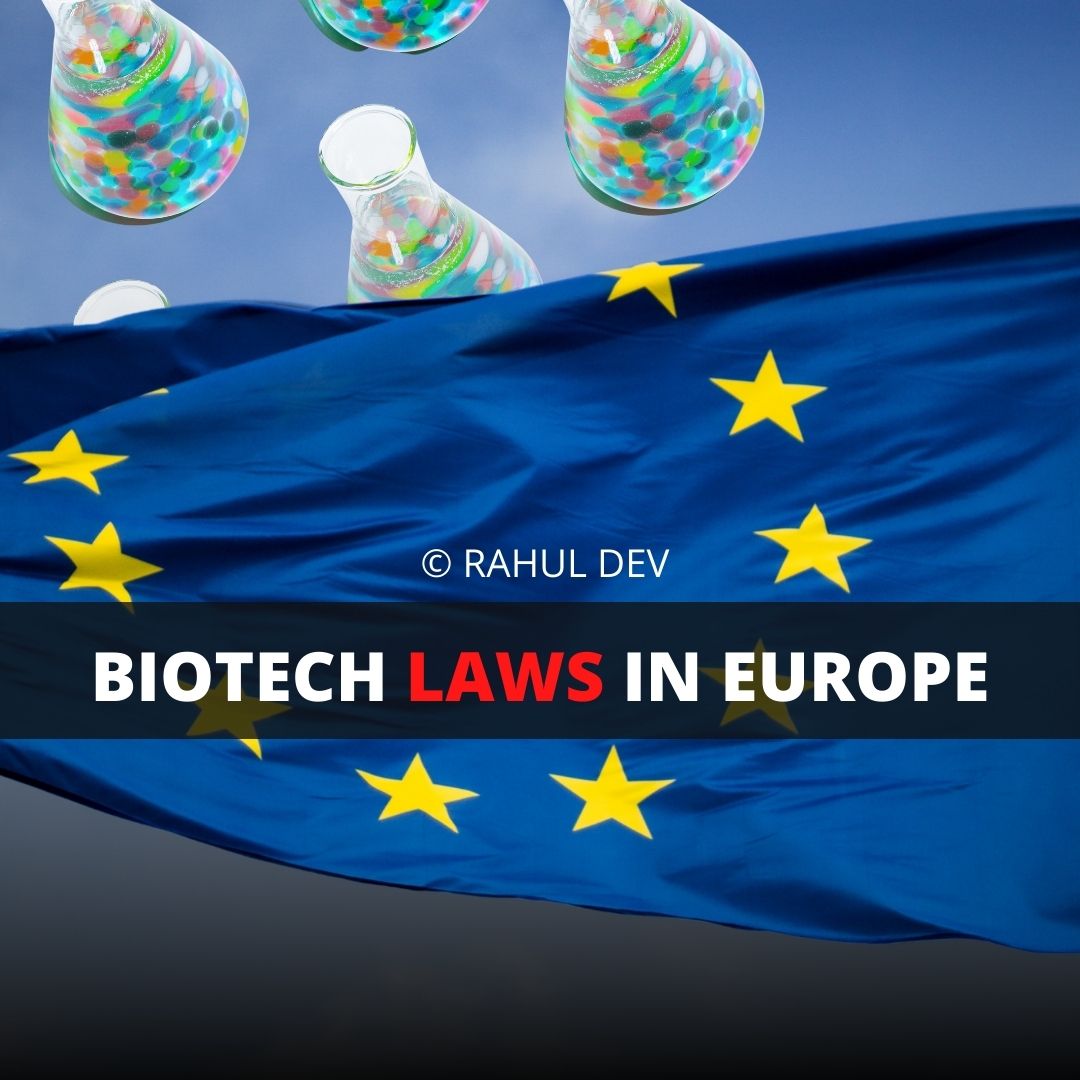Regulatory Framework for Health Care Biotechnology Products
The European health care biotechnology industry is presently encountering remarkable challenges and companies are reforming to boost the productivity of their R&D and facilitating prices in the value chain.
The outcome is an industry in which practice and niche health care biotech commodities are valued for their capacity for endurable health care treatments. The international biologics demand has broadened at a CAGR of 9.8% from 2007 to 2012, to €169b in 2012. This depicts 18% of total global medicine sales in 2012.
Clinical trials: The erratic and unpredictable execution of Directive 2001/20/EC on Clinical Trials in the EU was heavy, prolonged, and expensive strategies for clinical trial sponsors. On this rationale, in July 2012, the European Commission recommended an amendment of the law to enhance the EU’s competitiveness in clinical research.
The new rules are directly applicable in all EU Member States. It is predicted that the Biotechnology Laws and Regulations in Europe will provide for a better harmonization and efficiency in the regulatory structure for clinical trials while preserving high norms of patient safety and robustness of clinical data.
Marketing authorization: A pharmaceutical commodity can solely be installed on the market in the European Union when: permission has is awarded by the European Commission through the centralized protocol for all the EU markets; or when transaction permission has been awarded by the qualified authority of a Member State for its province or when a license has been awarded through a decentralized protocol.
After a marketing approval is awarded, the CHMP circulates a European public assessment report (EPAR), recording the scientific footings for the CHMP’s conclusion in favor of awarding the permission, plus an overview of product characteristics (SPC), labelling, and package pamphlet for the medicine, and features of the procedural measures taken during the assessment process.
Specialized EMA Committees, like the Committee for Orphan Medicinal Products (COMP) or the Committee for Advanced Therapies (CAT), are accountable for formulating a draft statement on each particular commodity’s application under their skill before the CHMP accepts a final statement on the granting of the marketing clearance.
Regulatory Framework for Agriculture Products
Agricultural biotechnology preserves and enhances results while reducing stress on the environment by generating the same quantity of food with less: less soil, water, tillage, and lower CO2 emissions.
There is an important desire for European policymakers to guarantee European industry and farmer’s participation in reacting to agricultural challenges by accessing biotechnology through a reliable approval system.
Despite their import reliance on GM commodities primarily in the feed and food sector, the inadequacy of the EU approval policies has stemmed in significant asynchronicity of permissions with exporting nations establishing obstacles to trade.
The EU law on Genetically Modified Organisms (GMOs) was established in the early 1990s. This particular law has constantly had the following two fundamental goals:
- Governing apparent human health and environmental threats
- Preventing trade obstacles to internal exchange within the EU
The real canon of GMO law was revised in the 2000s, steering to the production of a modern legal framework. GM crops cannot be placed on the market without preliminary EU approval, whether for receiving a food or feed commodity given rise to from GM harvests or for seeding GM seeds.
The EU permission system is widely acknowledged as one of the most rigid in the globe and encompasses both so-called deliberate waivers i.e., cultivation under Directive 2001/18/EC and import and processing of GM stock and feed via Regulation 1829/2003.
Directive 2001/18/EC and the coexisting laws are overturned and summarized respectively into federal legislation across the EU so that every Member State may hold up its particularities. Biotech harvests that are generated without employing genetic modification (as documented in Annex I of Directive 2011/18/EC), do not come under this law.







